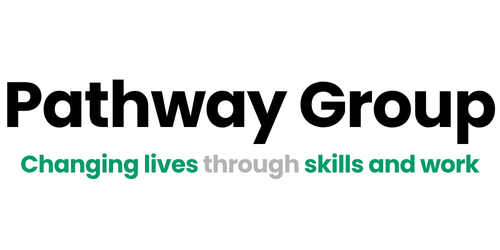Home » Safaraz Ali » Next steps for the Apprenticeship Levy in backing business
Next steps for the Apprenticeship Levy in backing business
From the moment the apprenticeship levy was announced it has divided opinion. When it first came into force in 2017, the apprenticeship levy was supposed to boost investment in training and increase apprenticeship numbers. Three years have now passed since the levy came into effect, but has it actually helped our sector, and is it time for a change? Our CEO Safaraz Ali shares his thoughts below.
When the Apprenticeship Levy was first introduced in 2017, myself and many others saw it as a positive step towards increasing spending on skills development by English businesses.
Times does fly as it has been four years since the introduction of the levy, If we were now to look at its legacy and discuss its impact what would be the state of play?
Has it led to an improvement in employer take up of apprenticeships, or has it encouraged employers to divert funding away from other skills investment to pay the levy, or worse, not pay it at all and write it off as tax?

Like many other sector leaders, I am strong in my belief that apprenticeships are a vital tool for any employer looking to improve productivity and skills amongst their workforces.
Apprenticeships are not given the credit they are due, and the levy could have been a way to solve this problem. Since its introduction the levy is predicted to have generated somewhere between £2.2 and 2.6bn of funding per year from approximately 50,000 companies in England. However, in the first year of its operation, just 8% of the levy was estimated to have been spent.
Though the figure has seemingly increased since then, I believe that until we get more detailed analysis and transparency about the Apprenticeship Levy spend, we will remain in the dark about the true extent to which employers have taken it up. We are facing a pivotal moment in the history of skills and development in this country, and we potentially have much to lose.

Generally speaking, the levy has so far failed to be delivered in full. And unless the current system is reformed, I cannot see how the levy can live up to its true potential. The good news is that there is a real willingness amongst businesses to make the best use of their levy investments if they are aided to and I am also certain that the levy transfer programmes in particular the co-ordinated initiatives such as the London Progression Collaboration who work with large employers to transfer their unspent levy (up to 25% of their total levy) for the purpose of:
Building skills in their supply chain
Support a particular local area, making an impact on both local businesses and the skills of residents
Meet the large business’s CSR priorities, perhaps thinking about particular disadvantaged groups
So that’s positive news and it is too early to say how effective that will be although a fair amount of money has already been transferred under the scheme. However, let us wait and see. In the meantime, I have some recommendations to bring about some accelerated change, and a broader implementation of the levy could lead to improving business performance:
The first thing is the data and numbers – we more clarity about the amount of levy that has been spent and the amount that will be taken out so that everyone involved in delivering apprenticeships and benefitting from them is able to plan effectively.
We also need to do better with the data to understand apprenticeship trends across company sectors and size and should consider adopting a flexible approach to different industries in the requirements for using the levy to support their individual skills challenges. e.g. introducing a co-funding model for more expensive apprenticeships in sectors such as aviation and engineering.
Better promotion and building further on the “Find an Apprenticeship Service”, the government should commit that a proportion of any surplus levy is invested centrally to support recruitment and promotion of opportunities.
Rewarding organisations that invest in apprenticeships with the option to use levy funding to provide recognised qualifications that support progression in the workplace, helping to plug current and future skills gaps.
More work with supporting employers in accessing advice and funding to help with recruitment and development that is not currently funded through the levy e.g. the Adult Education Budget, adult learner loans and the National Retraining Scheme.
The introduction of further improvements on the online Apprenticeship Service to make it easier for employers of all sizes to engage with the system and consider any associated rules that make it impossible to access the system in more flexible ways.
The Institute for Apprenticeships must introduce and/or approve End Point Assessments (EPA) as a matter of urgency for all live apprenticeship standards.
More collaborative working with employers and training providers to broaden the appeal of apprenticeships, through promoting the benefits to parents and teachers, investing more time in outreach with local schools and colleges. This would include putting clearer progression pathways in place to allow would-be apprentices to understand the longer-term career progression opportunities from undertaking an apprenticeship.
Partnership push with Colleges, training providers and Universities to work more closely with employers to better understand and meet their training needs and agree ways that these can be met at a macro level.
A better system needs to be introduced which is independent and holds the Government to account on its skills policy, tracking the success measures of each skills intervention against pre-agreed objectives.
There should be further extension to the levy that large employers can transfer out and this ideally needs to be taken up to 100% – the full amount available.
